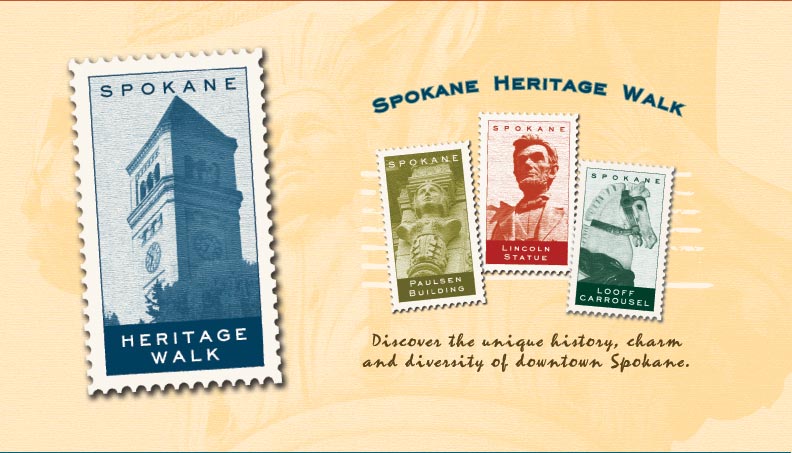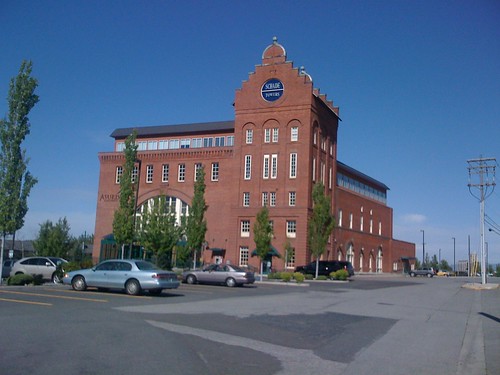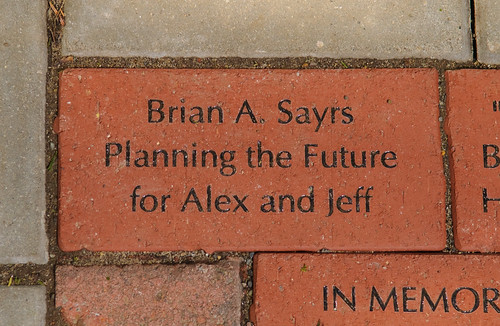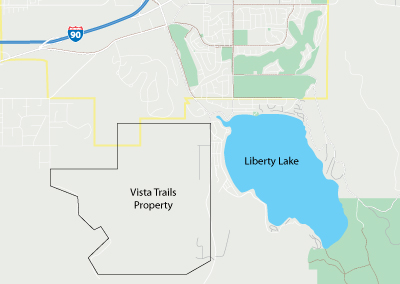As part of my "Advanced Community Development" class this year, I walked downtown Spokane with my classmates on a tour conducted by Dr. Dick Winchell. The tour was intended to have the students think about the elements of an urban community, but had the happy side effect of familiarizing out-of-town students with the environment within which they were going to spend the next two years.
Several of the handouts prior to the tour was a series of tour documents from the Spokane City/County Historic Preservation Office. In addition to historic property listings by name, address, neighborhood, and historic district and FAQ's, the site offers walking tour maps and history for self-guided tours. There are tours of both downtown Spokane and East Central.

One of the buildings on the East Central tour is Schade Tower (which, on the building itself, says "Schade Towers" which makes one wonder where those other towers are). Schade Tower is a former brewery which sits at the Riverpoint campus, and right outside the windows of the building in which the urban and regional planning department resides. Breweries and college students. It's as if it were planned.

.







